What is Olive wood? What are olive wood properties? The olive tree has many benefits for human. The Bible mentioned Olive too many times.
The New Testament tells how Jesus and his disciples sang together – “When they had sung the hymn, they went out to the Mount of Olives” Gospel of Matthew 26:30.
Olive wood has unique properties. Read this article to learn about the properties of this wood.
Before that, we have collected interesting things about olive so that knowing them may be interesting for you.
What Is Olive?
This is a plant. Olive Includes nearly 20 species of small trees from the olive family and has been widely dispersed in the world from the Mediterranean, North Africa, Southeast Asia, North to South China, Scotland and East Australia.
They are always green and have small and integrated leaves that are facing each other.
History Of Olive
It is not possible to estimate the exact time when the olive was removed from the wild state was controlled by farmers and used as a garden fruit.
Lichtenberg Wood Burning eBook

Download Lichtenberg Wood Burning eBook
One of the modern techniques for creating wooden artwork is called Lichtenberg wood Burning. In this eBook, we are going to introduce this newfound art to you.
This technique is known with some different names such as Lichtenberg wood burning, fractal wood burning, and electricity wood art.
This technique should not be confused with wood burning art or pyrography. The art of pyrography on wood is the art of creating motifs and designs by burning with hot metal tools on objects such as wooden surfaces.
Lichtenberg burning is a wood-burning technique for creating designs with electricity.
This eBook is a comprehensive guide on Lichtenberg Wood Burning. All you need to know for Lichtenberg Wood Burning is here.
This is a limited-time offer, order now to get access to the future eBook releases.
The many references to the Bible about this plant and its production, and its implicit abundance in the Canaan and regional land in Syria, which always been important for the economy, suggests that Syria is the birthplace of olives.
Olive In Ancient Greece
Olive in Greece has been very important.
In the Homer world, as it is known in the Iliad, olive oil is known only as a material for the rich – an external product – and is more known for its value for the archery of the climbers; the fighters were taking olive oil after bath, and the body of Patroclus Equally covered with olive oil.
These stories reflect the fact that olive was known at the time of the writing of the Odyssey.
Olive As A Symbol
In the past, olive was not only a sign of peace but also a sign of wealth of the country. Carrying its branches at the great festivals of Greece and the victorious crown of the Roman conquerors, they all were a symbol of olive.
The Olive Crown is a branch of an olive tree that has been crocheted by a twisted ring and awarded to the hero in the ancient Greek Olympics. At the 2004 Olympics, the tradition of donating crown olive was renewed and awarded to the heroes with the gold medal.
The Olive branch of the United Nations flag is also used as a symbol of peace.
Species Of Olive
The most famous known species of this plant is the European olive, which has been used since the ancient times to produce olive oil and also to eat its own fruits.
For modern breeders, the variety of known olive is very high. Only in Italy, there are at least 300 species, but few of them grow to the best. The main species of Italy are Leccino, Frantoio, and Carolea.
Benefits Of Olive Tree
Olive is a very old fruit that has been used for a long time.
All parts of this plant can be used. Here are some of the uses of this plant:
- Use of olive fruit for nutritional purposes
- Use of Olive Leaves for medicinal purposes
- Use of olive oil for medical and nutritional purposes
- Use of olive wood for industrial use
Olive Wood And Its Properties
The freshly cut olive wood has a slightly sour taste and a pleasant smell. When the wood is dry quickly, its ends are cracked and, despite the stiffness and high density, it is not difficult to work with different tools.
The olive tree has a very uneven and deformed trunk, and its stick is narrow, gray to pale yellow with a very stylish character and dark veins of irregular color.
Olive wood can be well polished and be easily stained.
It is used to make wooden handicrafts such as wood carving, engraving, and woodturning projects.
In addition, you can also make a variety of coatings.
You can find other general and physical properties of olives as below:

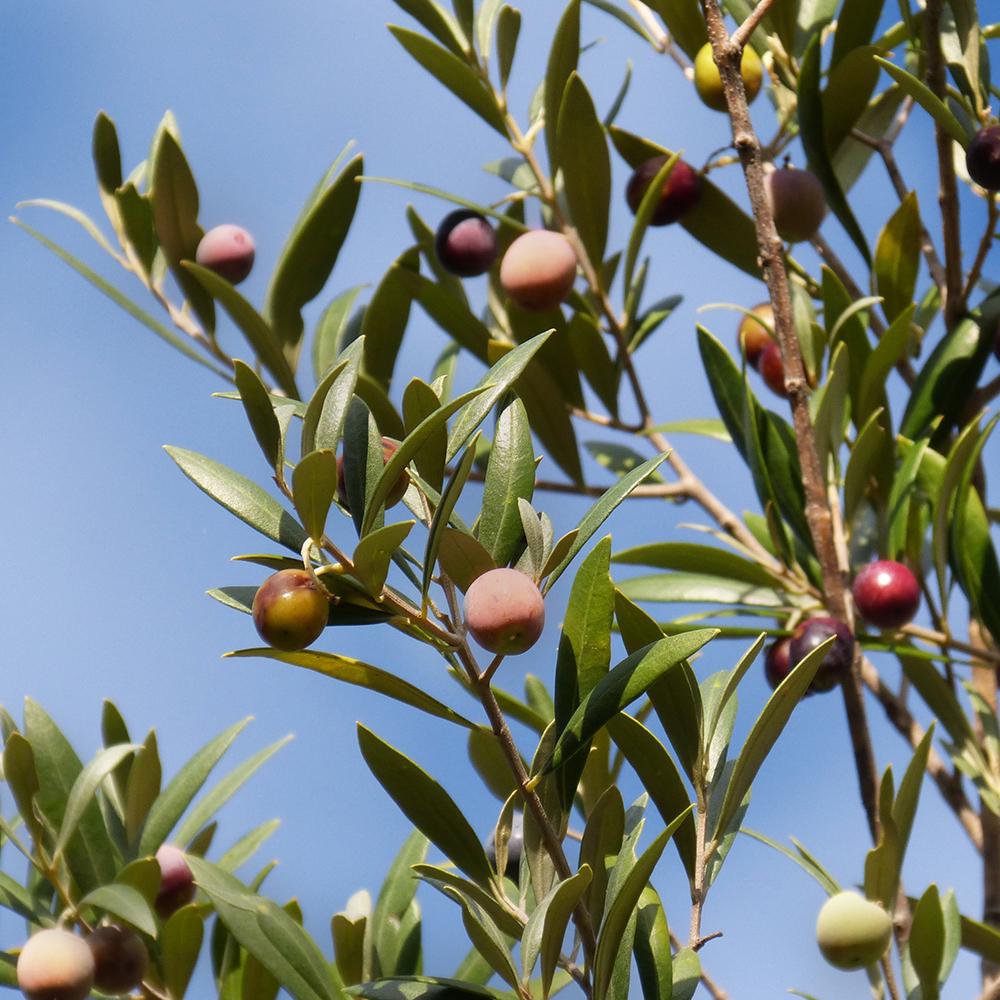
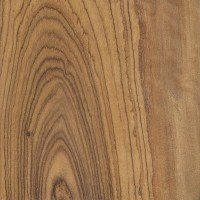
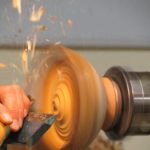
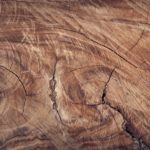

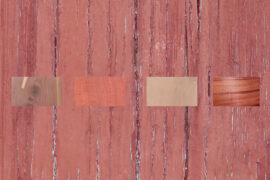
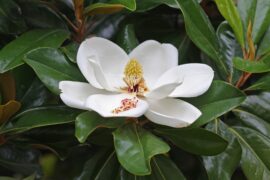
Comments
Pingback: Best Wood For Fractal Burning | Wood Dad
Pingback: Fractal Wood Burning Art | Wood Dad